
Punch and Judy is a traditional puppet show featuring Mr. Punch and his wife Judy. The performance consists of a sequence of short scenes, each depicting an interaction between two characters, most typically Mr. Punch and one other character who usually falls victim to Punch's slapstick. The Daily Telegraph called Punch and Judy "a staple of the British seaside scene". The various episodes of Punch comedy—often provoking shocked laughter—are dominated by the clowning of Mr. Punch.

The Goon Show is a British radio comedy programme, originally produced and broadcast by the BBC Home Service from 1951 to 1960, with occasional repeats on the BBC Light Programme. The first series, broadcast from 28 May to 20 September 1951, was titled Crazy People; subsequent series had the title The Goon Show.
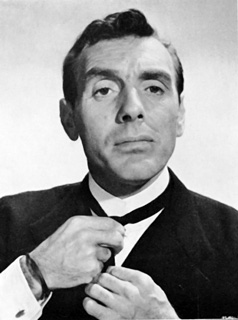
Eric Sykes was an English radio, stage, television and film writer, comedian, actor and director whose performing career spanned more than 50 years. He frequently wrote for and performed with many other leading comedy performers and writers of the period, including Tony Hancock, Spike Milligan, Tommy Cooper, Peter Sellers, John Antrobus and Johnny Speight. Sykes first came to prominence through his many radio credits as a writer and actor in the 1950s, most notably through his collaboration on The Goon Show scripts. He became a TV star in his own right in the early 1960s when he appeared with Hattie Jacques in several popular BBC comedy television series.

The Rocky Horror Show is a musical with music, lyrics and book by Richard O'Brien. A humorous tribute to the science fiction and horror B movies of the 1930s through to the early 1960s, the musical tells the story of a newly engaged couple getting caught in a storm and coming to the home of a mad transvestite scientist, Dr Frank-N-Furter, unveiling his new creation, Rocky, a sort of Frankenstein-style monster in the form of an artificially made, fully grown, physically perfect muscle man complete "with blond hair and a tan".
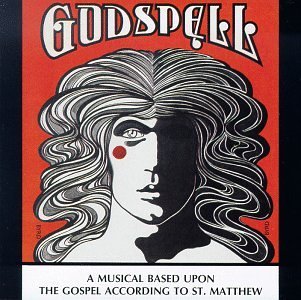
Godspell is a musical composed by Stephen Schwartz with book by John-Michael Tebelak. The show is structured as a series of parables, primarily based on the Gospel of Matthew, interspersed with music mostly set to lyrics from traditional hymns, with the passion of Christ appearing briefly near the end.

Tommy Cannon and Bobby Ball, known collectively as Cannon and Ball, were an English comedy double act best known for their comedy variety show The Cannon and Ball Show, which lasted for nine years on ITV. The duo met in the early 1960s while working as welders in Oldham, Lancashire. They started out as singers working the pubs and clubs of Greater Manchester and switched to comedy after being told comics earned an extra £3 a night. They continued to work as a comic duo on television and in theatre and pantomime. Their partnership ended when Ball died on 28 October 2020 following a COVID-19 diagnosis.

Sidney Arthur Field was an English comedy entertainer who was popular in the 1940s.
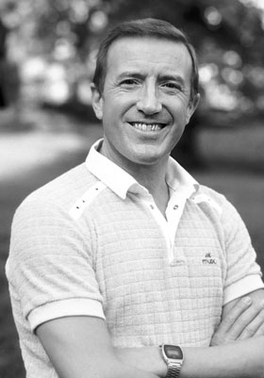
Roy Castle was an English dancer, singer, comedian, actor, television presenter and musician. In addition to being an accomplished jazz trumpet player, he could play many other instruments. Following a versatile career as a performer on stage, television and film, he became best known to British television viewers as the long-running presenter of the children's series Record Breakers.

Hi-de-Hi! is British sitcom series, created by Jimmy Perry and David Croft, and produced for the BBC. The programme initially began with a pilot on 1 January 1980 and aired for nine series between 26 February 1981 to 30 January 1988, and starred Paul Shane, Su Pollard, Jeffrey Holland, Ruth Madoc and Simon Cadell.
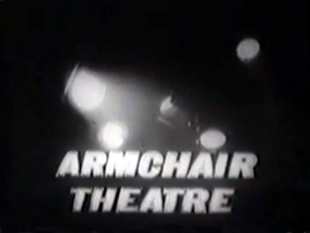
Armchair Theatre is a British television drama anthology series of single plays that ran on the ITV network from 1956 to 1974. It was originally produced by ABC Weekend TV. Its successor Thames Television took over from mid-1968.
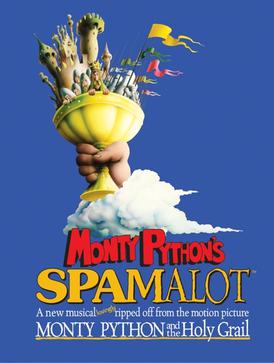
Spamalot is a stage musical with score by John Du Prez and Eric Idle, with lyrics and book by Idle. Based on the 1975 film Monty Python and the Holy Grail, the musical offers a highly irreverent parody of Arthurian legend.

The Shaftesbury Theatre is a West End theatre, located in Shaftesbury Avenue, in the London Borough of Camden. It opened in 1911 as the New Prince's Theatre, with a capacity of 2,500. The current capacity is 1,416. The title "Shaftesbury Theatre" belonged to another theatre lower down the avenue between 1888 and 1941. The Prince's adopted the name in 1963.

Kenneth Connor, was a British stage, film and broadcasting actor, who rose to national prominence with his appearances in the Carry On films.

James Keith O'Neill Edwards, DFC was an English comedy writer and actor on radio and television, best known as Pa Glum in Take It from Here and as headmaster "Professor" James Edwards in Whack-O!.

Lew Fields was an American actor, comedian, vaudeville star, theatre manager, and producer. He was part of a comedy duo with Joe Weber. He also produced shows on his own and starred in comedy films.
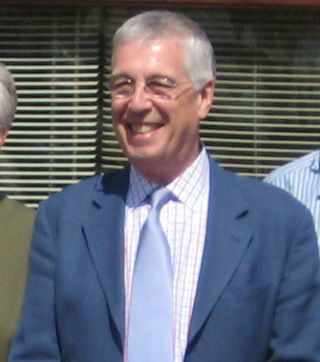
Jeffrey Holland is a British actor who is well known for roles in television sitcoms, playing comic Spike Dixon at the Maplin's holiday camp in Hi-de-Hi!, as well as BBC Radio comedy, including Week Ending. He also played leading roles in the sitcoms You Rang, M'Lord? and Oh, Doctor Beeching!.

The Maid of Arran, An Idyllic Irish Drama Written for the People, Irrespective of Caste or Nationality is an 1882 musical play by L. Frank Baum, writing and performing under the pseudonym, "Louis F. Baum", based on the novel A Princess of Thule by William Black. It was described as "A Play to Ensnare All Hearts and Leave an Impress of Beauty and Nobility Within the Sordid Mind of Man." The play resets the novel from Scotland's Outer Hebrides to Ireland. This was a well-received melodrama with elaborate stage effects, including a storm upon a ship, and an original score by Baum himself. Only the song-book for the windows use survives, which omits two of the songs referenced in the script. Baum played the main character, Hugh Holcomb, originally called Frank Lavender in the novel, in its initial tour, and later played Con. O'Mara, the heroine's father, in a community theatre revival.
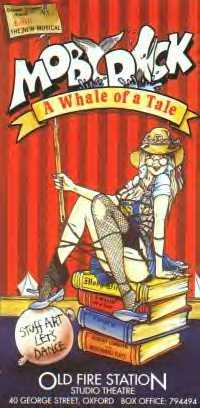
Moby Dick is a musical with a book by Robert Longden, and music and lyrics by Longden and Hereward Kaye, first staged in 1990. The plot follows the anarchic and nubile girls of St. Godley's Academy for Young Ladies who, determined to save the institution from bankruptcy, decide to stage Herman Melville's classic 1851 novel in the school's swimming pool. The musical is a mixture of high camp, music hall-style smut, and wild anachronism overflowing with double entendres; the lead role of headmistress/Captain Ahab is portrayed by a man in drag.

Young Frankenstein is a musical with a book by Mel Brooks and Thomas Meehan, and music and lyrics by Brooks. It is based on the 1974 comedy film of the same name written by Gene Wilder and Brooks who also directed and has described it as his best film. It is a parody of the horror film genre, especially the 1931 Universal Pictures adaptation of Mary Shelley's Frankenstein and its 1935 and 1939 sequels, Bride of Frankenstein and Son of Frankenstein.
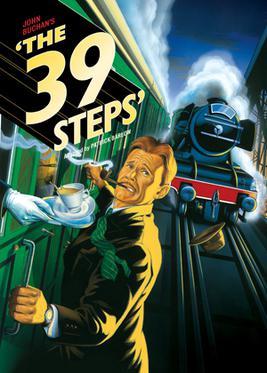
The 39 Steps is a parody play adapted from the 1915 novel by John Buchan and the 1935 film by Alfred Hitchcock. The original concept and production of a four-actor version of the story was written by Simon Corble and Nobby Dimon, and premiered in 1996. Patrick Barlow rewrote this adaptation in 2005.



















